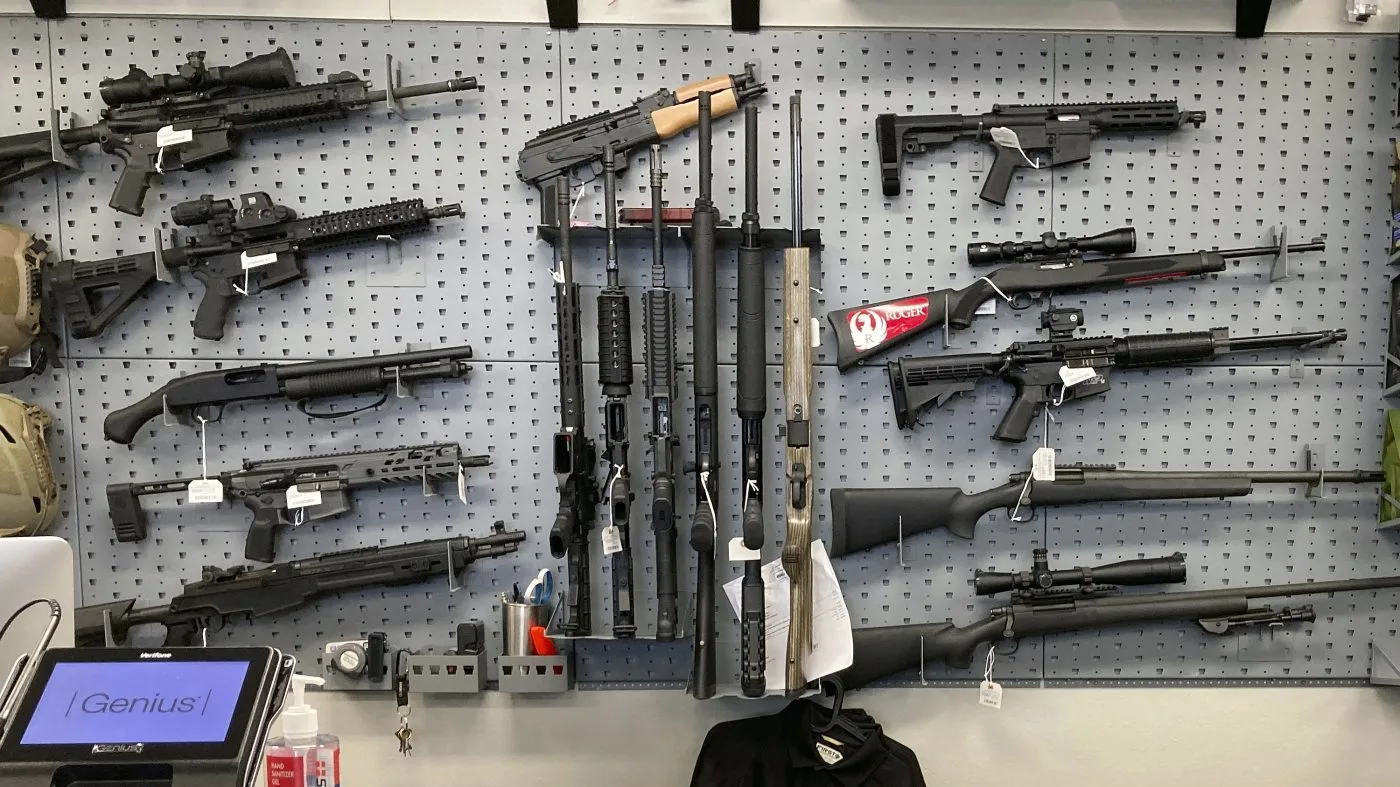Firearms have been an integral part of human history, serving a variety of purposes from hunting and self-defense to warfare and sport. However, the widespread availability of firearms has also led to significant social and public health concerns, particularly in the United States.
Types of Firearms
- Handguns: Designed for personal use and typically carried concealed.
- Rifles: Long-barreled firearms used for hunting, target shooting, and military purposes.
- Shotguns: Fire projectiles called “shot” and are often used for hunting or home defense.
The Second Amendment and Gun Rights
The Second Amendment to the U.S. Constitution guarantees the right of citizens to keep and bear arms. This right has been a subject of intense debate, with supporters arguing for individual liberty and opponents emphasizing public safety concerns.
Gun Violence in the United States
The United States has a significantly higher rate of gun violence compared to other developed countries. This is due to a variety of factors, including:
- Easy access to firearms: The prevalence of gun ownership and the ease of purchasing firearms contribute to higher rates of gun violence.
- Weak gun control laws: Lax gun control laws in many states allow for the proliferation of firearms and make it easier for individuals with criminal backgrounds to obtain them.
- Mental health issues: Mental health problems, such as depression and anxiety, can increase the risk of gun violence.
- Social and economic disparities: Poverty, inequality, and lack of opportunity can contribute to violence and crime, including gun violence.
The Impact of Gun Violence
Gun violence has a devastating impact on individuals, families, and communities. It can lead to:
- Deaths and injuries: Gun violence results in thousands of deaths and injuries each year.
- Fear and trauma: Gun violence can create a climate of fear and trauma, affecting individuals’ mental health and well-being.
- Economic costs: Gun violence imposes significant economic costs on society, including healthcare costs, lost productivity, and law enforcement expenses.
Addressing the Issue of Gun Violence
Reducing gun violence requires a multifaceted approach that addresses the underlying causes and implements effective prevention strategies. Some potential solutions include:
- Stricter gun control laws: Implementing stricter background checks, waiting periods, and bans on assault weapons can help reduce gun violence.
- Investment in mental health services: Providing access to mental health care can help identify and treat individuals at risk of violence.
- Community-based violence prevention programs: These programs can address the root causes of violence, such as poverty, inequality, and lack of opportunity.
- Education and awareness campaigns: Educating the public about the dangers of gun violence and promoting responsible gun ownership can help reduce gun-related deaths and injuries.
The issue of gun violence is complex and requires careful consideration of various factors. By implementing comprehensive strategies and addressing the underlying causes, it is possible to reduce gun violence and create safer communities.



